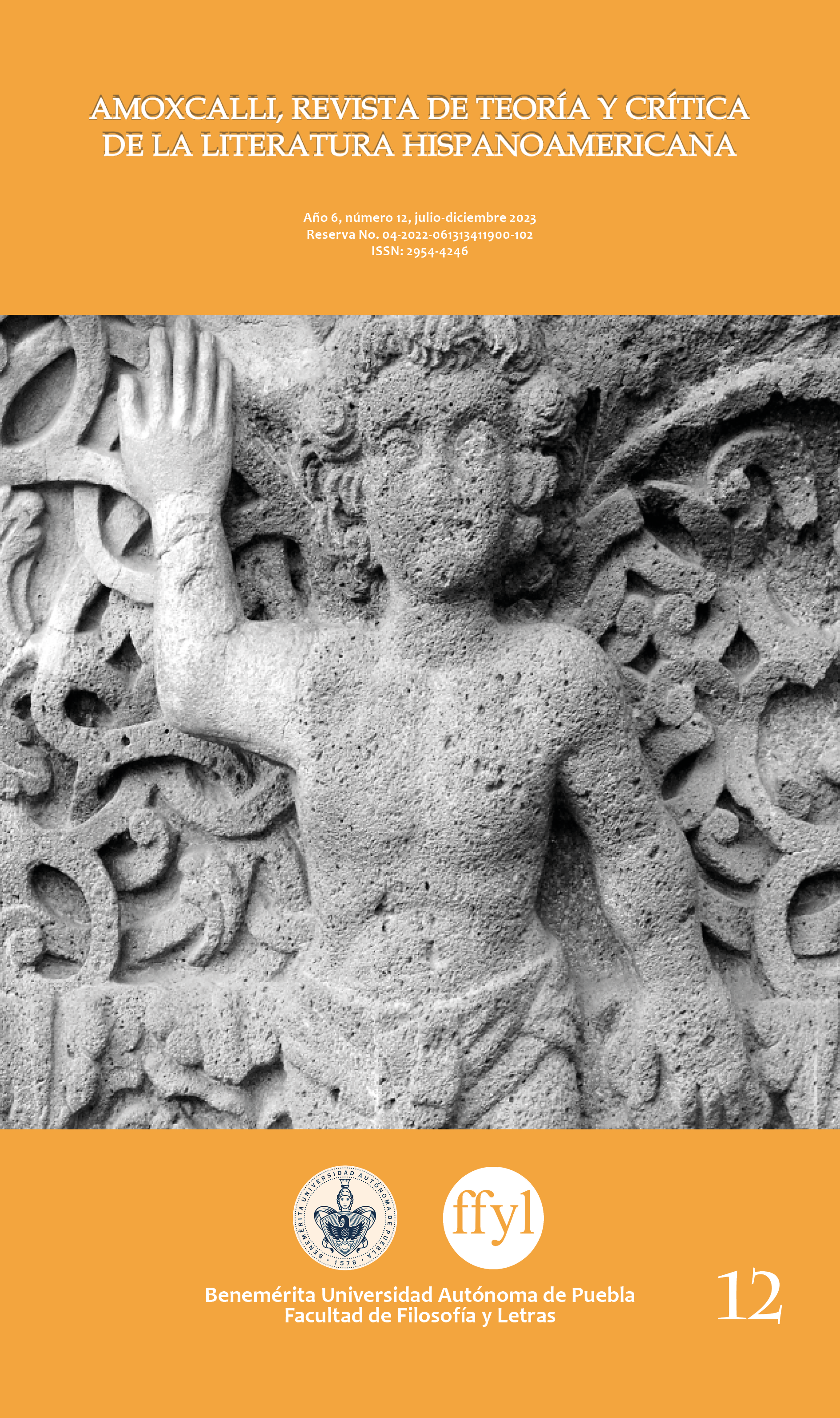The voice disfigured in the monstrous bodies: the autobiography to Paul de Man in “Errata [en todos los puntos del bordado]” by Nicté Toxqui
DOI:
https://doi.org/10.35494/artclh.v6i12.1207Keywords:
Body, Literature, autobiographic, queer, cripAbstract
Until now, “non-standard” bodies have been discriminated, and have been named as “monstrous bodies”. Currently, Queer and Crip theories, among others, have appropriated the insult to resignify it. Literature has been one of the means to prop up these ideas. However there are new literary texts like “Errata [en todos los puntos del bordado]” by Nicté Toxqui that point to the projection of a subject that is made visible through language and that highlights that body as part of the subject that speaks and builds itself in writing. In postmodern literary theory, Paul de Man argues that prosopopeia is the trope of autobiography, while the voice is a figure and is disfigured. Therefore, the monstrous body has been dehumanized and has become an object, but it is the same prosopopeia to “Errata [en todos los puntos del bordado]” that will be the voice of that body and, consequently, it is autobiographical.
References
Catelli, Nora. (2007). “Introducción”. En La era de la intimidad. La Plata: Beatriz Viterbo, pp. 2-12.
De Man, Paul. (1991). “La autobiografía como desfiguración”. Anthropos, No. 29, pp. 113-118.
Moscoso, Melania. (2009). “La normalidad y sus territorios liberados”. Dilemata, año 1, no. 1, pp. 57-70.
Muñiz, Elsa. (2010). “Las prácticas corporales. De la Instrumentalidad a la complejidad”. En Muñiz, E. (Coord.), Disciplinas y prácticas corporales. Una mirada a las sociedades
contemporáneas. México D.F.: Anthropos/UAM-A, pp. 17-50.
Platero, Raquel (Lucas). (2012). “De la parada de los monstruos a los monstruos de lo cotidiano: la diversidad sexual y sexualidad no normativa”. Feminismo/s 19, junio, pp. 127-142.
Toxqui, Nicté. (2017). Errata [En todos los puntos del bordado]. Chihuahua: Ediciones Sangre.






